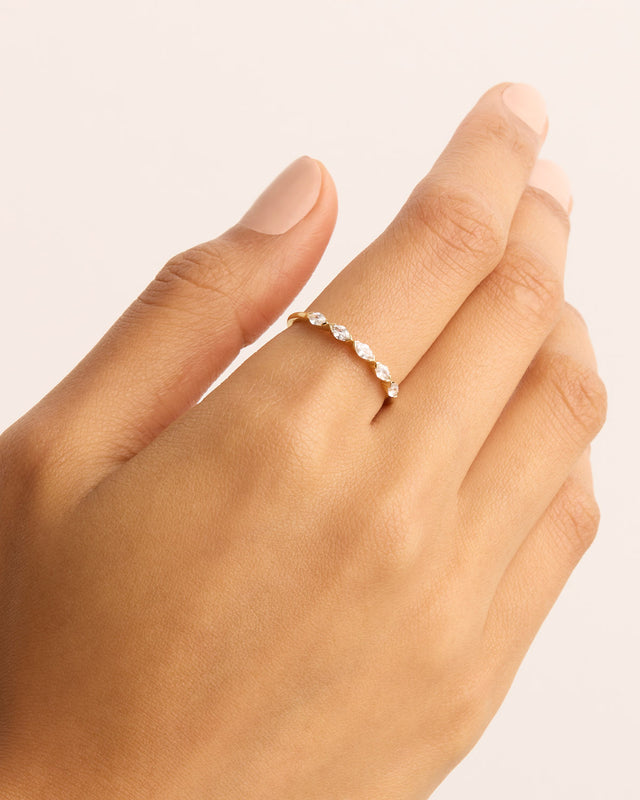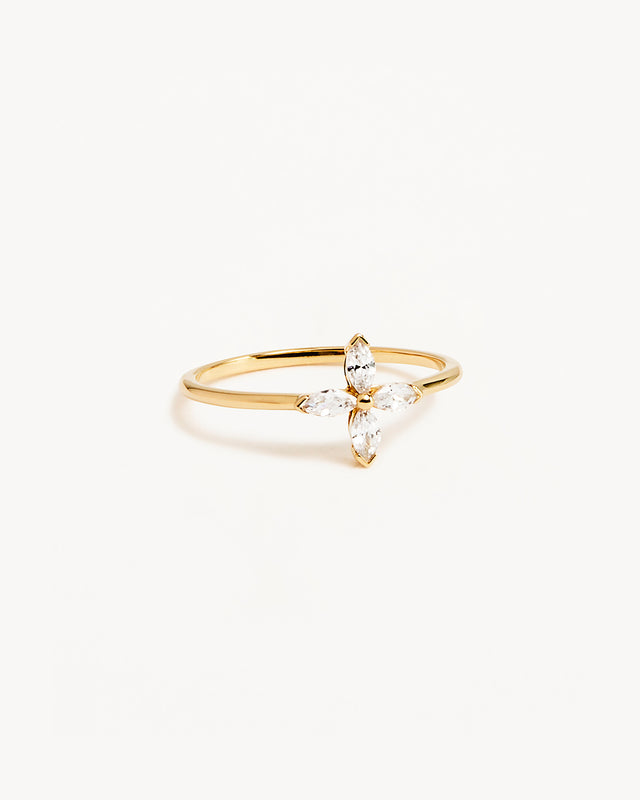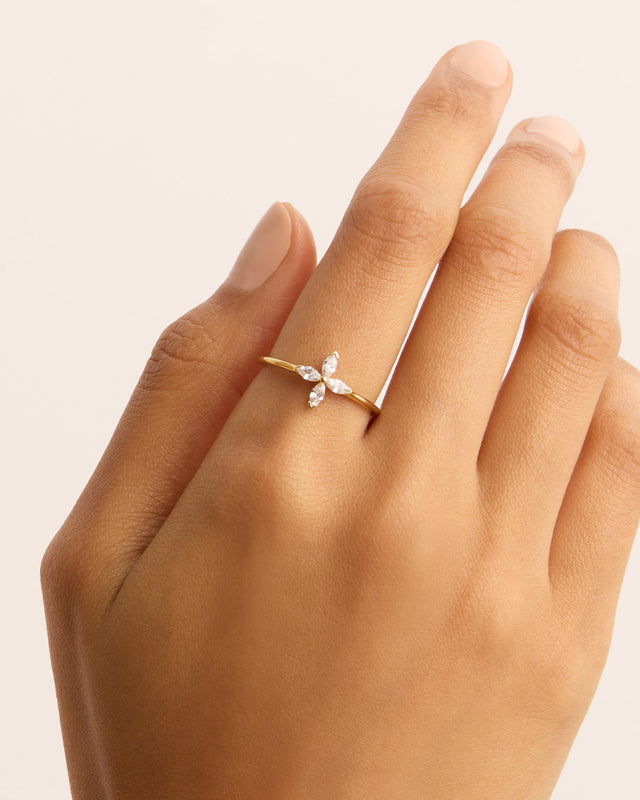| Lab-Grown Diamonds | Natural Diamonds |
| Grown in a laboratory in a matter of weeks or months. | Formed deep below the Earth’s surface through intense heat and pressure, over millions of years. Require mining. |
| Contain a chemical composition of pure carbon in a crystalline structure. | Contains a chemical composition of pure carbon in a crystalline structure. |
| Able to be produced in medium-large quantities. Wide range of availability. | Availability dependent on mining, sourcing, and procuring. Considered “rarer”. |
| Potentially temperamental resale value. | Can resell for 25 – 50% of their purchase price |
| Affordable alternative to natural diamonds. | Can cost up to 30 – 50% more than lab-grown diamonds. |
| Require extensive scientific equipment and has a relatively high energy output. | Require extensive human resources and environmental disruption. |
| Evaluated and graded by GIA’s four Cs. | Evaluated and graded by GIA’s four Cs. |
| One-of-a-kind. | One-of-a-kind. |
| Traceable origins. | There can be ambiguity around the origins of natural diamonds. |
| Hardness: 10 on the mohs scale. | Hardness: 10 on the mohs scale. |
Which Diamond Is Right For You?

Which Diamond Is Right For You?
Both our natural
and lab-grown diamonds are sustainably-sourced, real diamonds which will
sparkle forever. However, deciding which diamond is right for you is a personal
choice, and we’re here to empower you with the knowledge to make the right
choice for you.
What Are Laboratory-Grown Diamonds?
Laboratory-grown diamonds, also known as cultured, man-made or engineered diamonds, are diamonds grown in highly controlled, state-of-the-art, specialised laboratories. They are physically, optically, and chemically identical to mined natural diamonds – their difference lies in their origin. As they have the same carbon crystalline structure as natural diamonds, each lab-grown diamond is completely unique – from its colour and clarity to its perfectly imperfect inclusions.


What’s the difference between lab-grown and natural diamonds?
The difference between a lab-grown diamond and natural diamond is quite difficult to detect. Trained gemologists can usually differentiate between the two using standard gem-testing equipment. However, in some cases, a keener eye and more advanced specialised equipment is required – these can detect the fluorescence and growth patterns of diamonds which differ between labs and natural. To the untrained, naked eye, a lab-grown diamond and natural diamond will appear identical.
Which Is The Ethical Choice?
Lab-grown diamonds are often considered the more sustainable and ethical alternative to natural mined diamonds. However, there are positive and negative aspects to both.
When purchasing a natural diamond, the key thing to consider is whether it is conflict-free. Ethically sourced diamonds must be obtained through responsible mining and labour practices, and strict environmental guidelines. We only source diamonds via The Kimberley Process, the world’s preeminent mined-diamond regulator, which ensures your diamond is not a ‘blood diamond’.
Lab-grown diamonds are generally perceived as the more ethical choice as they do not require mining and are completely traceable; the process of creating lab-grown diamonds removes the extensive human resources, unethical labour and environmental disruption potentially required in acquiring a natural diamond. However, the production of lab-grown diamonds isn't necessarily impact-free as their creation requires high power consumption and energy output. This contributes to carbon emissions, though, arguably less than the extraction of natural diamonds through mining.












